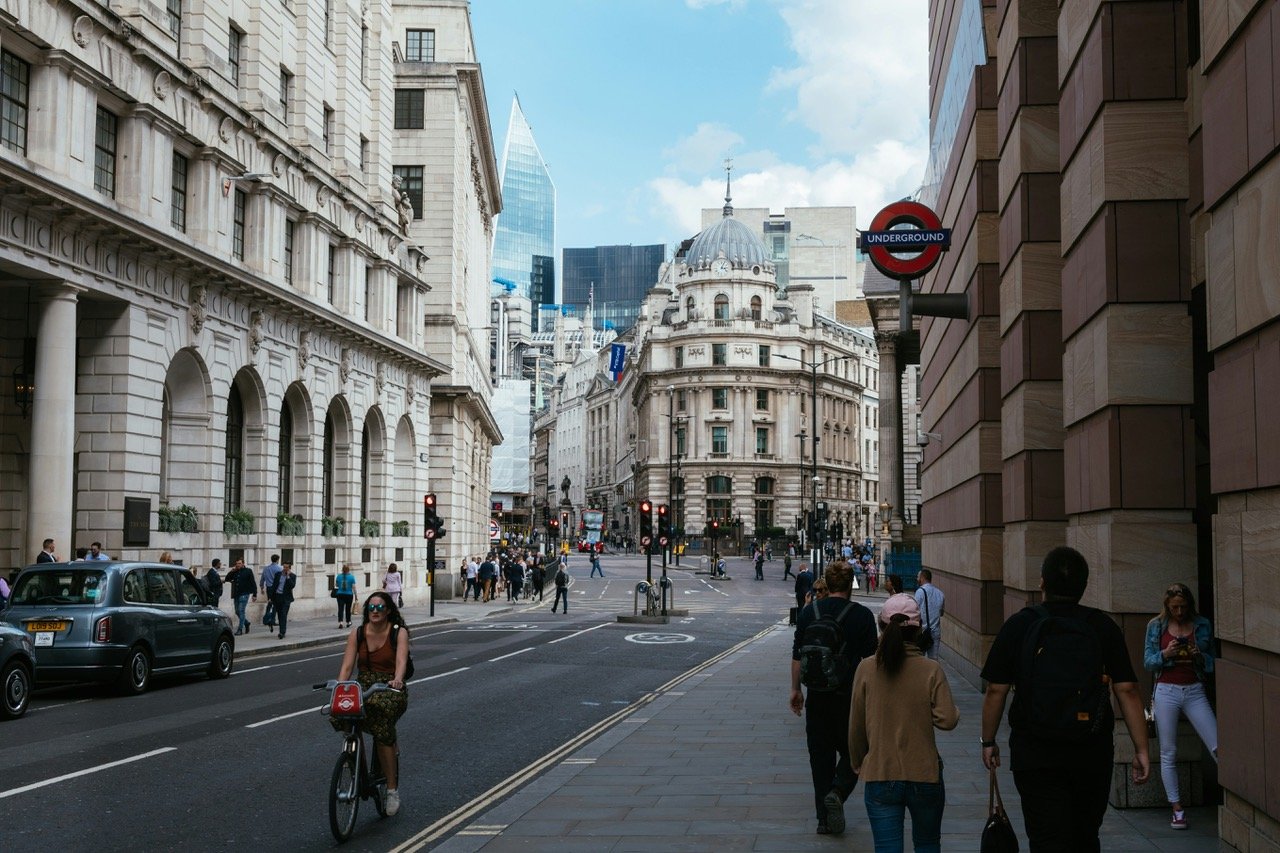Destination City: How Dining, Culture, and Smart Planning are Reshaping The City
The signing of a long-awaited and much gossiped-about Big Mamma restaurant at 1-5 Lombard Street in The City is more than just a property deal. It is a big moment in the plan to pivot the Square Mile towards food, leisure and culture, and a sign that appetite from major restaurateurs and diners is there.
The 8,046 sq ft space that will be Big Mamma’s next home, in the opulent setting of one of The City’s most handsome grade-II listed buildings, is befitting of the restaurant group’s grand designs. It is also an indicator that the ‘Destination City’ designs the Corporation has set itself can be achieved, with planning and pragmatism.
Much good work has been done already. Not least the pedestrianisation and public realm enhancements of key streets around Bank Junction, completed last September. And we’re very happy to note that there is more on the way. At the end of April work is due to begin to remove the existing 1970s St Paul’s gyratory - a convoluted and dangerous one-way road and cycle traffic system around the cathedral - and replace it with a wonderful new green piazza, Greyfriars Square.
If, with all the rich splendours London has to offer them, tourists and Londoners are going to be persuaded to spend their Saturday nights in The City, it’s right that the streets are safe and accessible, and offer more in beauty and wellbeing than a purely workplace district requires.
Positive interventions into urban environments can transform those spaces for the better. Just try to imagine the spaces around Kings Cross and Battersea Power Station without the public realm and pedestrian-friendly improvements that have taken place there.
Especially, as we wrote in July last year, when they are done with true collaboration between everyone: property owners, local authorities, occupiers, and the people who work and do business in those spaces.
Of course, big change is always contentious. In a future Perspectives we’ll be discussing the merits of another London project, even bigger in scope, in a very different part of the city. Oxford Street certainly doesn’t struggle for business, footfall, or occupancy. But there is a perception that the nation’s high street could do with a spruce up. We’ll talk about the most headline-worthy and controversial aspect of this - full pedestrianisation of the street - in an upcoming article.
Back to the Square Mile, and if the City of London Corporation wants to ensure that the streets and spaces emanating from Bank Junction are the best they can be, they will need buy-in from everyone affected. The Corporation needs cooperation, and carries the responsibility for winning it.
That means clever planning and a willingness to meet the demands of the businesses that will make the new seven day patterns possible. Above all, it means pragmatism when granting of change of use planning applications and requests to sensitively modernise historic fabric buildings.
Pragmatism will enable the planners to flex with demand. As [I/my colleague Hannah McNamara] pointed out in September ‘23, there seems more potential for dining and cultural space in Destination City than for retail - the Big Mamma signing is a case in point. Shopping in the Square Mile is still largely dependent on footfall from the many offices nearby, and that’s not likely to change significantly.
And if there were any doubt about the prospects for new residential in the area, in March outgoing City of London planning and transport chair Shravan Joshi, pretty well shut the door on them, saying new housing would destroy the “central business district intensification” they’re seeking to achieve in Destination City.
Ultimately the message is the same, to those with doubts, and to those who might be persuaded.
The City is one of London’s most magnificent and magnetic districts, but is only fully active during the working week - which, since post-pandemic, is no longer truly five days. As Shravan Joshi himself said two years ago, as much as 20% of office space in the City may now be surplus to post-pandemic needs. The times have changed working practices - spaces must change with time.
As a consultancy that loves all things London, and a proud stakeholder in the city’s growth, we’re excited about any positive progress. We want The City to achieve its potential as a better, more lively, culturally diverse week-long destination. We want, in the words of Shravan Joshi, the work of “joining up the dots around culture, heritage, visitor vibrancy, F&B, nightlife, all of that mixed together” to carry on with aplomb, and succeed.
Stimulating new dining, leisure and cultural occupancy, diversifying The City’s offer, increasing its magnetic effect on tourists and Londoners, are the right moves at the right time. What’s needed now is smart collaboration and pragmatic management to allow that new stream of business to flow. With that The City will grow and change as the times dictate, and everyone will benefit.

